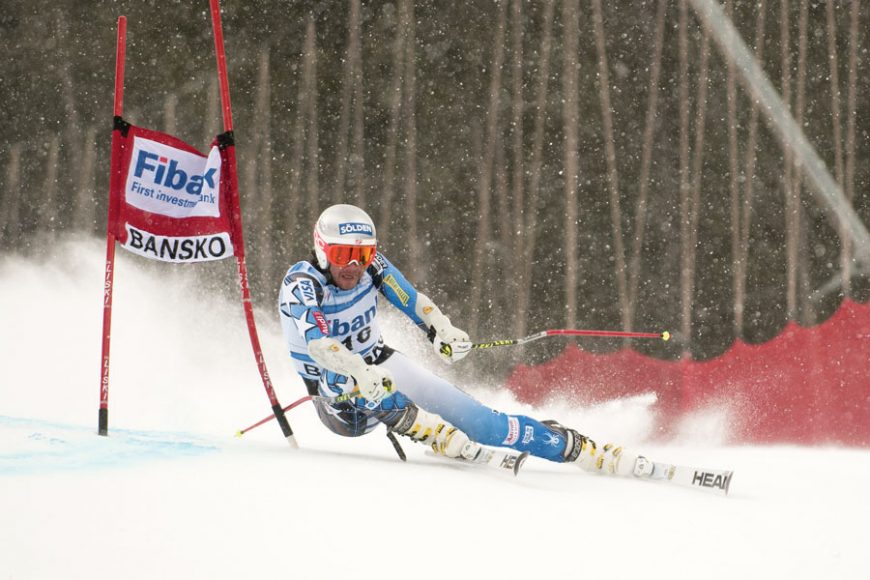While the ski and snowboarding season is in full swing, it’s never too late to condition yourself for strength building and injury prevention.
That’s because snow sports involve use of several key muscle groups, including the quadriceps; hamstrings and glutes; inner and outer thighs; the calves and the arms. There are just too many muscle groups essential for skiing to get out on the slopes without a thought to preconditioning. Skiing and snowboarding are high-intensity sports that require at least some preparation to perform successfully and injury free.
According to the U.S. Consumer Product Safety Commission, more than 114,000 skiing-related injuries were treated nationwide in 2014, along with another 79,000 injuries involved with snowboarding. Here are some of the common injuries:
• Fractures: Hard falls or collisions with another person or tree or other structure can lead to fractures of the wrists, arms or legs. Try to learn how to be aware of your surroundings.
• Injury to the shoulder: It is typical for skiers to break their fall by extending their arms. As a result, shoulder injuries such as sprains and dislocations can occur. Tuck your hands and arms inward to avoid the shoulder dislocation.
• Injury to the knee: Twists, turns and bends on the slopes are hard on the knees, particularly the ACL (anterior cruciate ligament) and MCL (medial collateral ligament). Slow your speed and keep your weight forward.
• Skier’s thumb: This condition occurs when a skier falls on an outstretched hand while grasping a ski pole. The pole grabs into the snow and jams into the inside of the thumb, causing the thumb to overextend. Fall, if you can, with a closed fist.
• Snowboarder’s ankle: A high-energy ankle sprain or fracture, this condition triggers high, constant ankle pain. Keep weight forward and check that your boots are well fitted. Buy new boots every few years.
• Head or spine injuries: Injury to the head or spine can be particularly serious and life threatening. Concussions and other head trauma can occur from falls or collisions, as can vertebral fractures in the spine. Luckily, head and spinal injuries from skiing or snowboarding are far less common compared with other injuries, but they can be more devastating, so safety is critical. Slow your speed, watch your surroundings and ski within your limits. Quit early in the day.
Conditioning to avoid these injuries should ideally be performed several times per week all year. Training should be aimed at overall body conditioning and also focus on important muscles groups involved in skiing and snowboarding. Here is the regimen I recommend for ski and boarding conditioning:
• Cardio for general fitness: Cardio is important in mountain sports, so jog, climb stairs or cycle regularly to maximize fitness and keep muscles limber.
• Lunges: Three sets of 12 to 15 reps while holding light dumbbells per workout, never doing a deep lunge.
• Squats: Three sets of 12 to 15 reps three times per workout done safely, never doing a deep squat.
• Kettlebell sumo squats: Four sets of 10 to 16 reps per workout done appropriately, never doing a deep squat.
• Leg press: Three sets of 12 to 15 reps per workout, alternating between seated and standing leg presses on different days, never locking in or out.
• Box jumps: Three sets of 12 to 15 reps per workout, with the box slightly taller than the top of your kneecaps. Jump up using both feet and land on two feet. Be cautious to avoid meniscal injuries. And avoid this exercise if you’re over 30 years old unless on a day of competition.
Another key to ski-and snowboarding-injury-prevention is making sure that your equipment fits you correctly and is in line with your abilities. This includes properly fitted helmets and wrist guards. Additionally, stay on the ski runs that best fit your abilities. Don’t go off piste without a guide or instructor. Lastly, lessons are important not only for beginners but for more advanced skiers or snowboarders. Ski instructors regularly teach students how to fall correctly and safely, reducing injury risks and improving skills.
Kevin Plancher is a Greenwich- and Manhattan-based surgeon, sports medicine specialist and USSA Ski Team doctor. For more visit plancherortho.com.

